Endurance athletes are no stranger to digestive issues. In fact, one of the most common causes of underperformance during endurance events is related to the gastrointestinal (GI) system. Luckily, nutrition training can improve the stomach’s ability to digest during longer runs and races just as interval training improves performance and speed. Read on to learn how to train your gut so that you can perform at your best.
Start gradually
It is well established that endurance athletes can ingest up to 90 grams of carbohydrates per hour when exercising for more than 90 minutes. Unfortunately, studies show that athletes only manage to choke down barely a third of that goal.
How do you overcome this problem? Start gradually. If you find that your stomach can only tolerate 30 grams ofcarbohydrates at a time, try pushing yourself to consume 35 grams while training.Studies have proven that gut-training is quite effective. Just two weeks of gut training can improve performance and reduce symptoms of gastrointestinal distress when eating carbohydrates. This adaptation is due to the improvement of stomach comfort and absorption of carbohydrates.

Don’t be afraid to experiment eating more once you get used to the feeling. You can eventually develop a fueling and hydration plan that works for your training regiment and practice it on long runs. Be sure to use the same plan during competitions.
Liquid fueling strategies
For some endurance athletes, solid food might just not agree with them no matter how hard they try. If this is the case, tryfueling with liquids instead, such as energy gels or sports drinks. Sports drinks and gels carry fast absorbing carbohydrates which boosts blood glucose levels quickly, keeping your brain and muscles happy. Look for products that have a mixture of glucose and fructose, as this combination is absorbed more quickly which produces higher rates of carbohydrate oxidation.
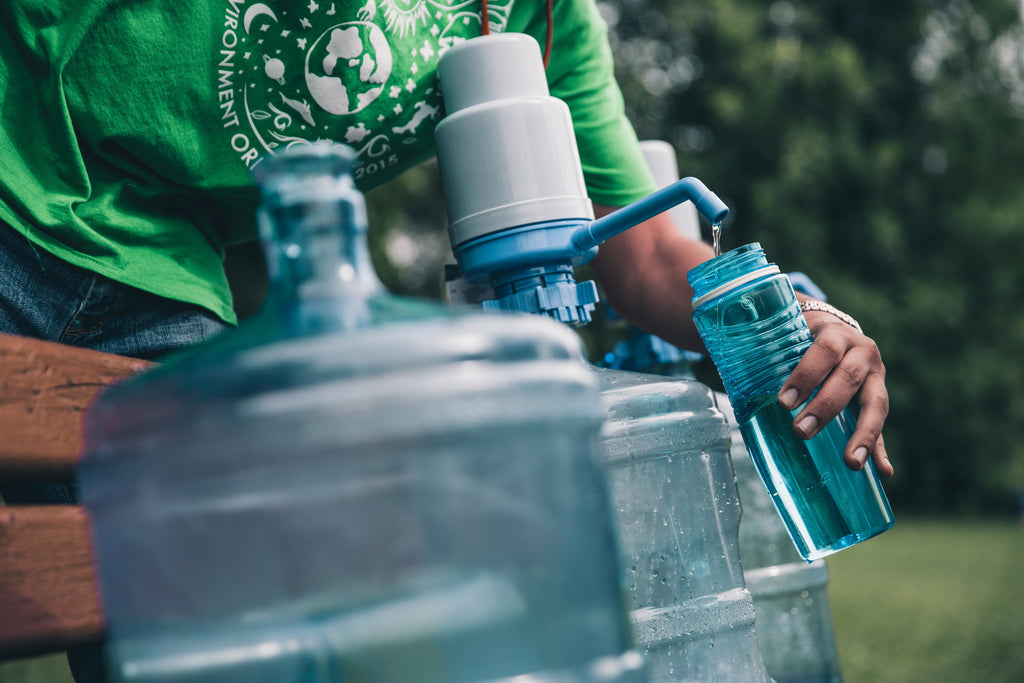
Again,start gradually.Generally, you will want to take an energy gel every 30-45 minutes and/or ingest 4-8 ounces of sports drink every 15 minutes. Note if you experience any discomfort with gels, as some athletes find that gels can cause an upset stomach. If this is the case, you can fuel with only sports drinks, although be sure to plan in advance so that you don’t end up under or over fueling.
Have variety
Eating the same gels throughout an ultra can become nauseating. In fact, repeatedly eating any food becomes boring, which is why training with different types of fuel is key. Have somevariation in race-day foods: carry sweet, salty, soft, and hard foods. Don’t be afraid to eat your favorite snacks during long runs, as long as your stomach can handle it! Having a variety in foods will help making eating on the go much easier.

To summarize...
Ultimately, you need to find the type of fuel that works for you from both a taste and texture standpoint. Gradually train your stomach to digest foods while exercising until it feels comfortable. Then, practice training with your race nutrition plan around 10 weeks before your event. Everyone has a differentnutrition strategy, so start experimenting!
If you need inspiration for race day foods, try out our Ultra Energy™ barshere, designed to be theultimate fuel for ultra endurance athletes!



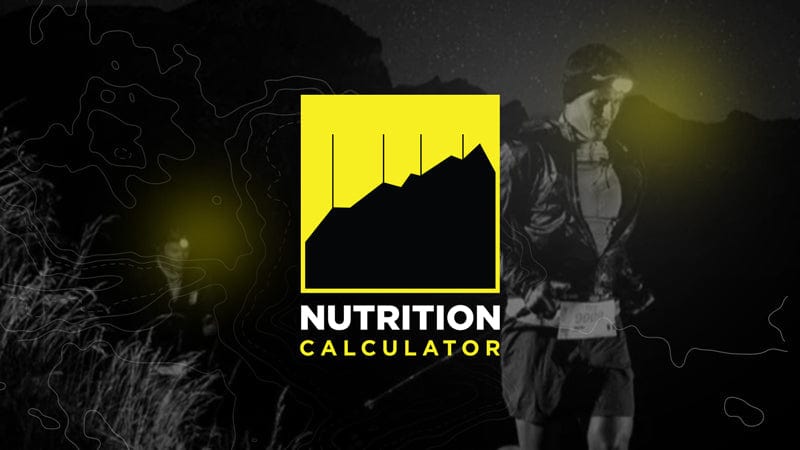









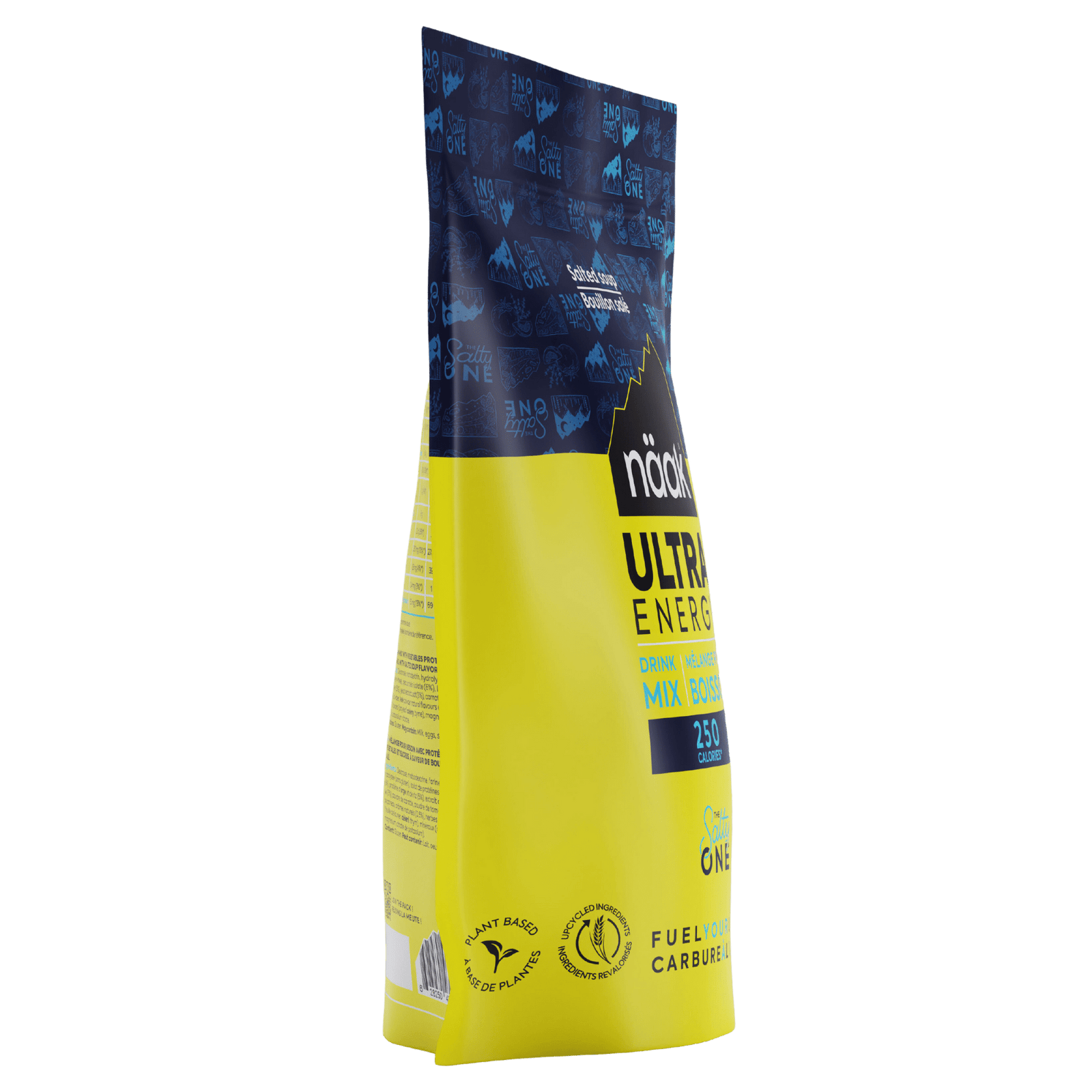
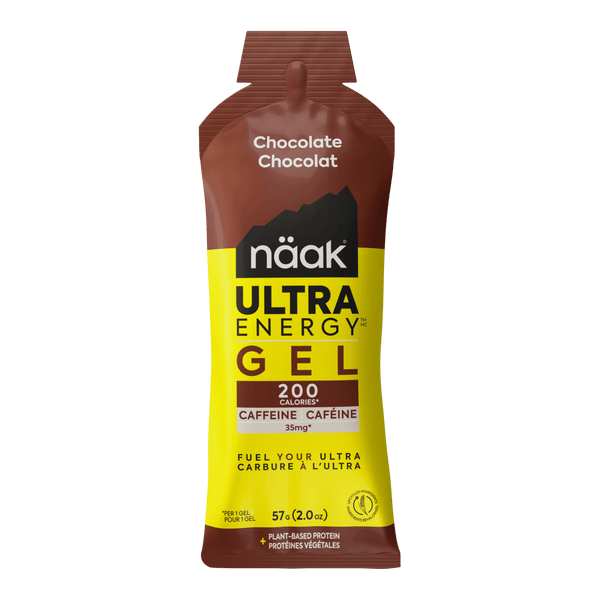
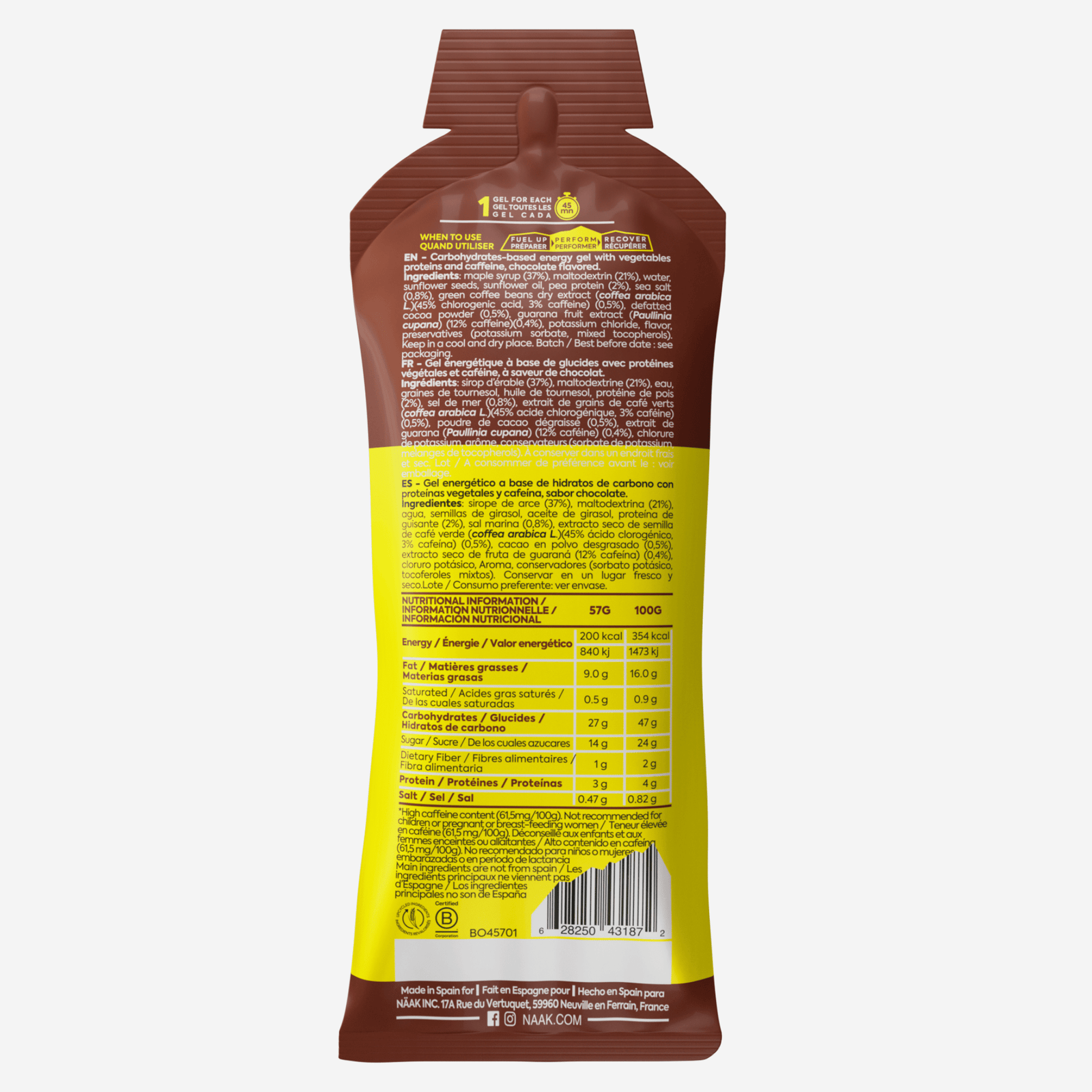
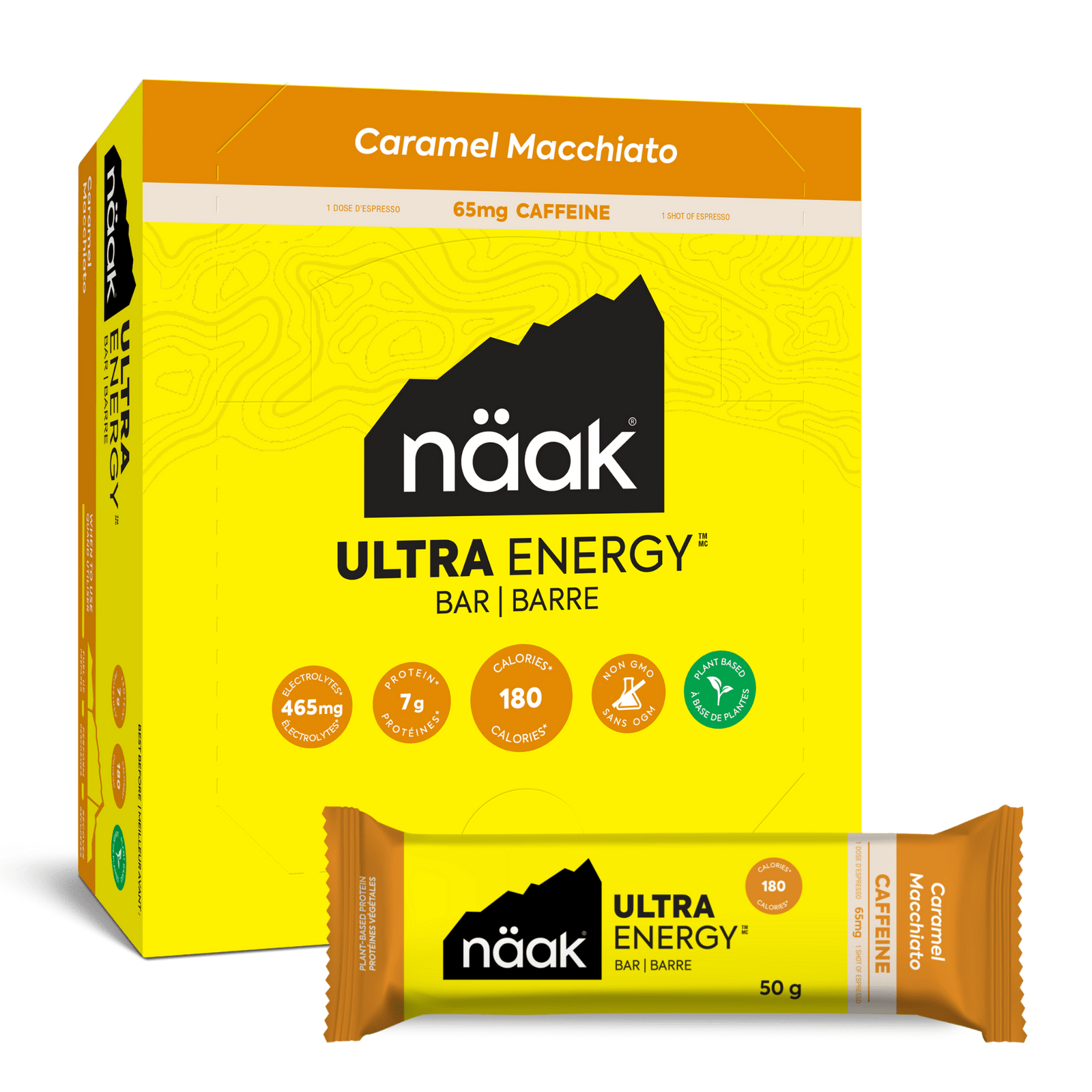
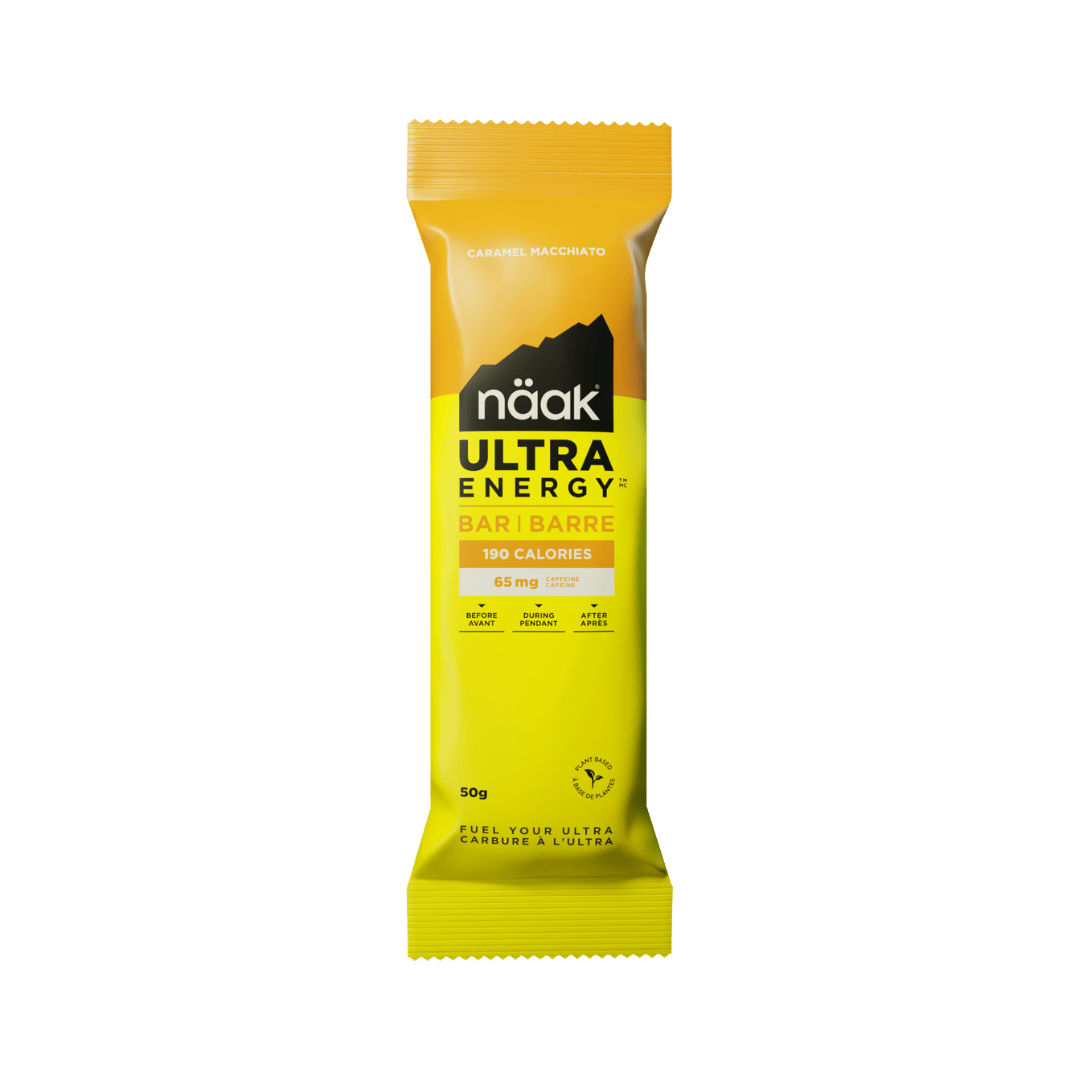
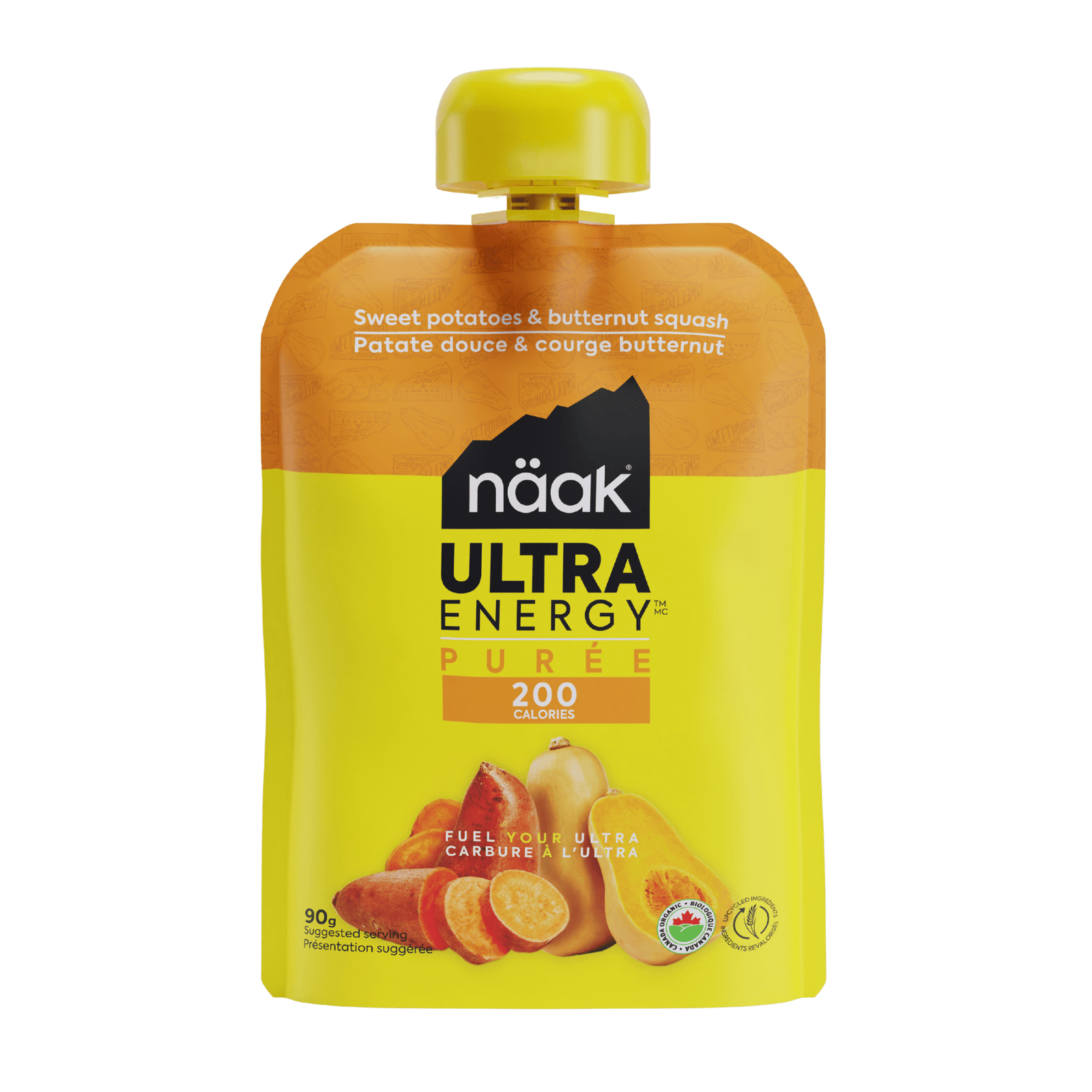
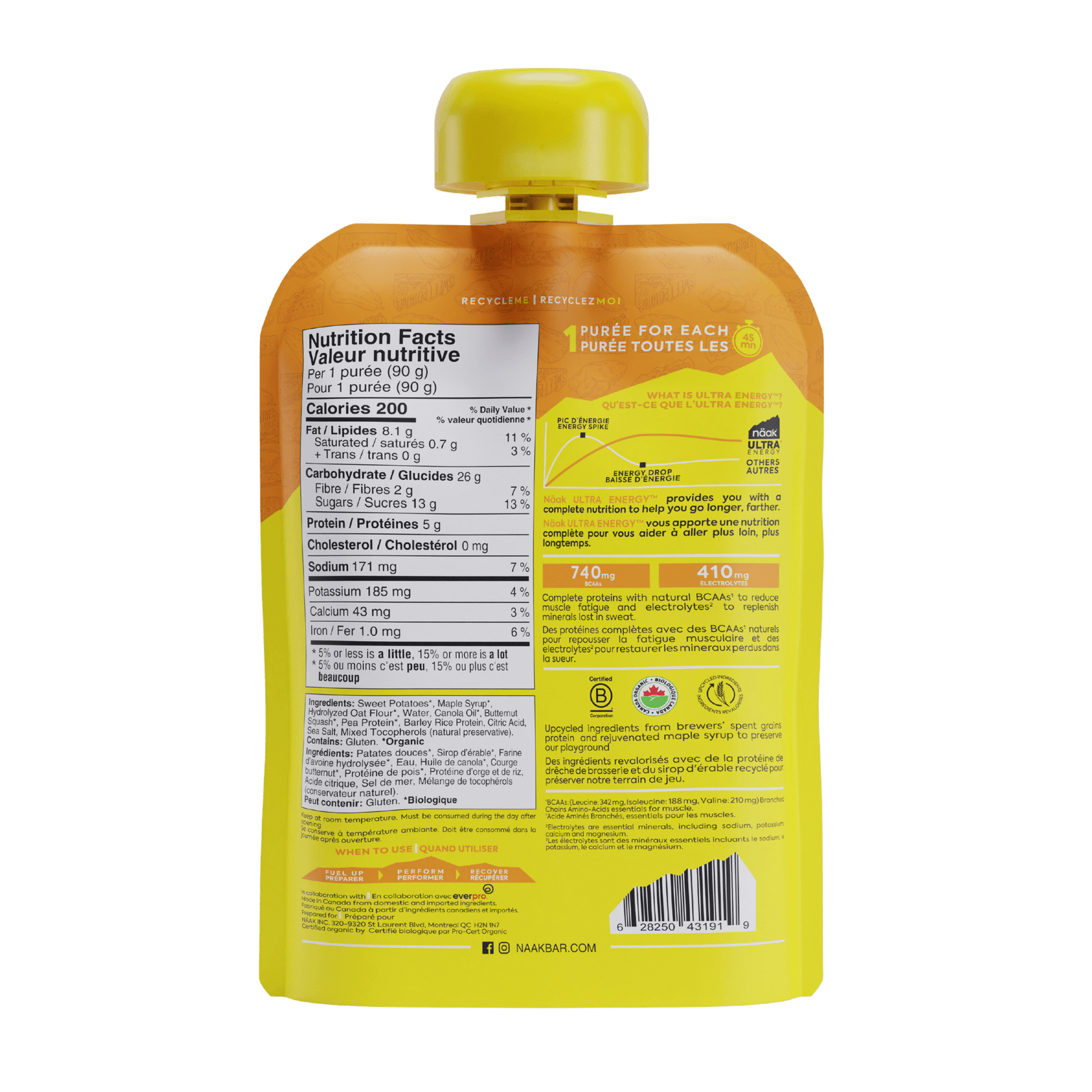
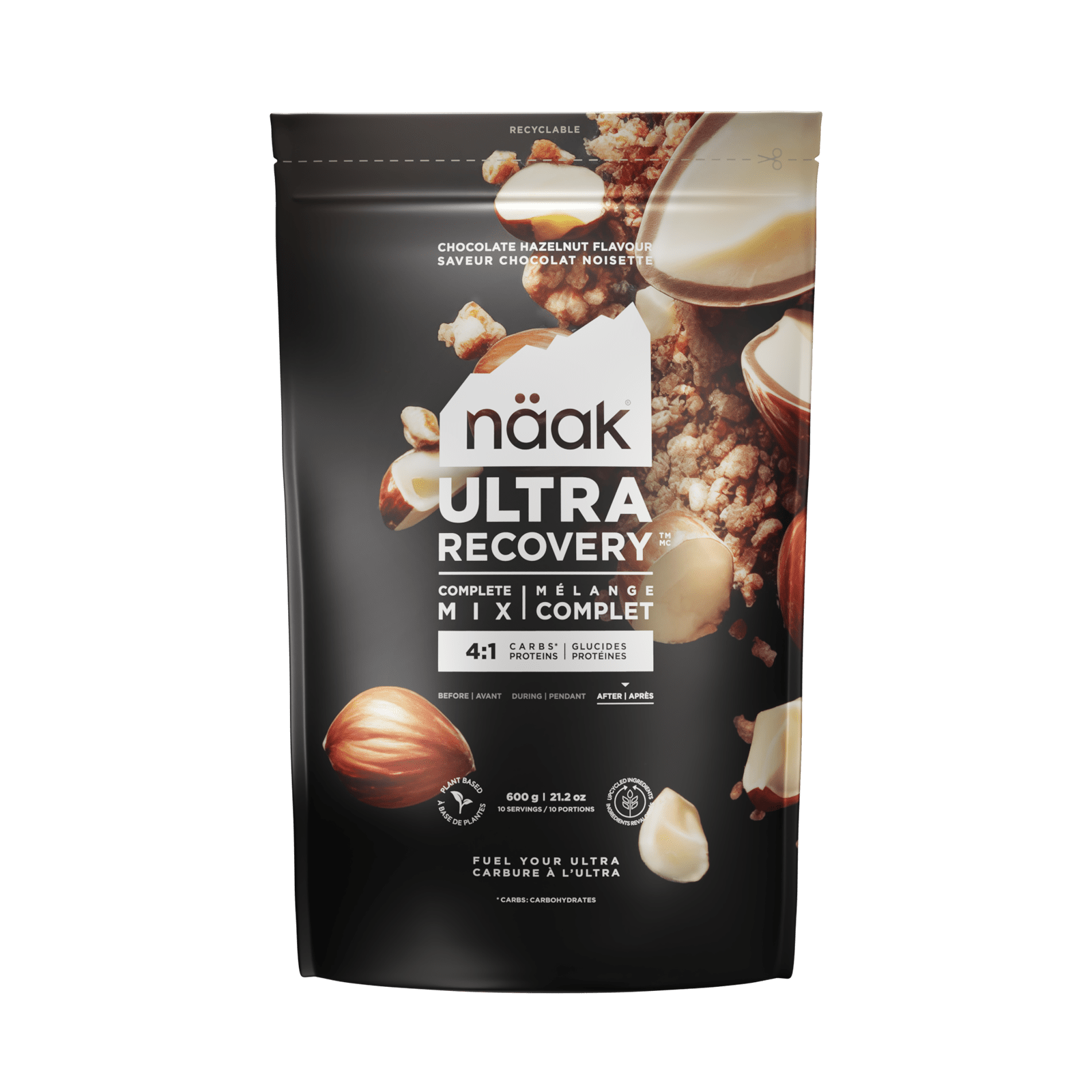

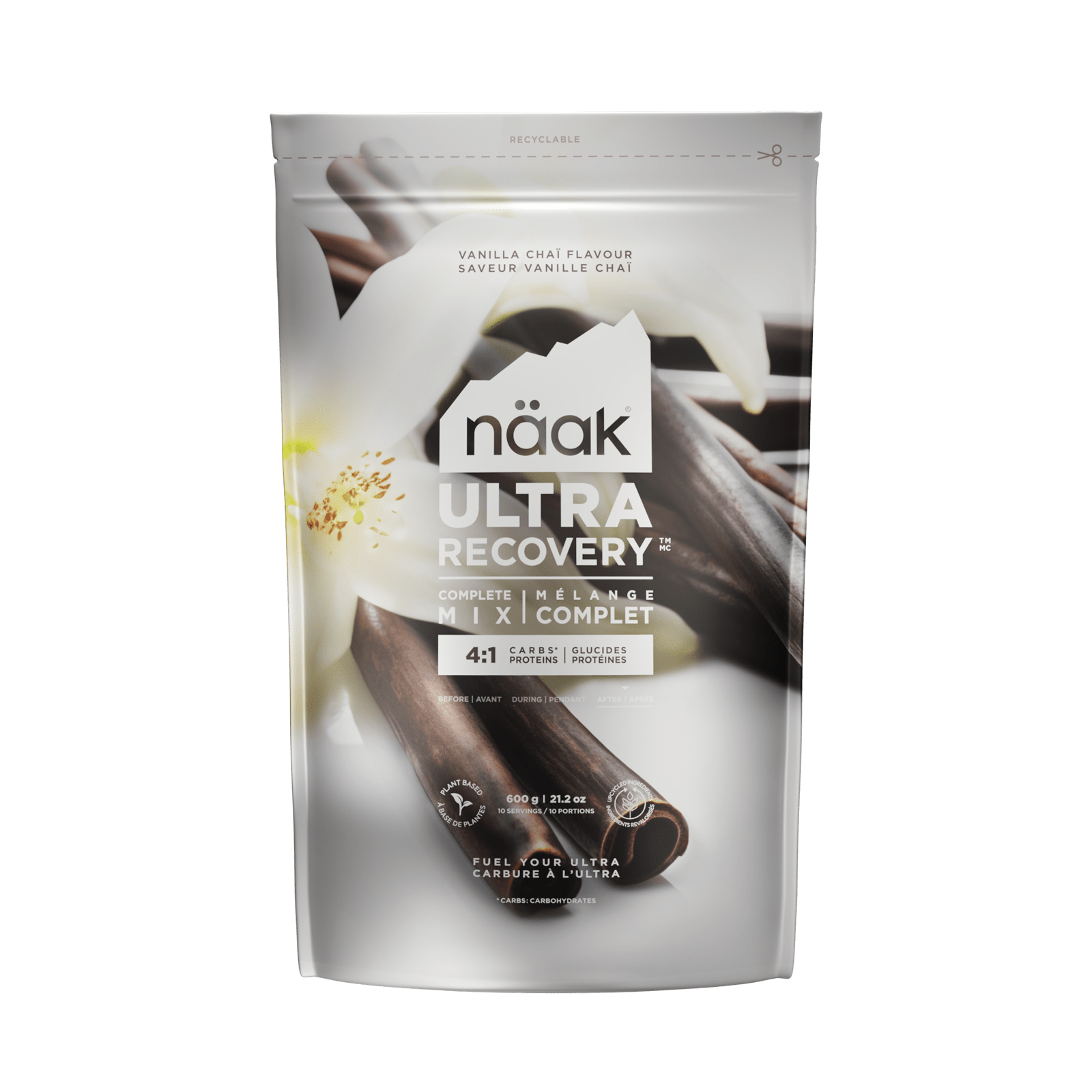
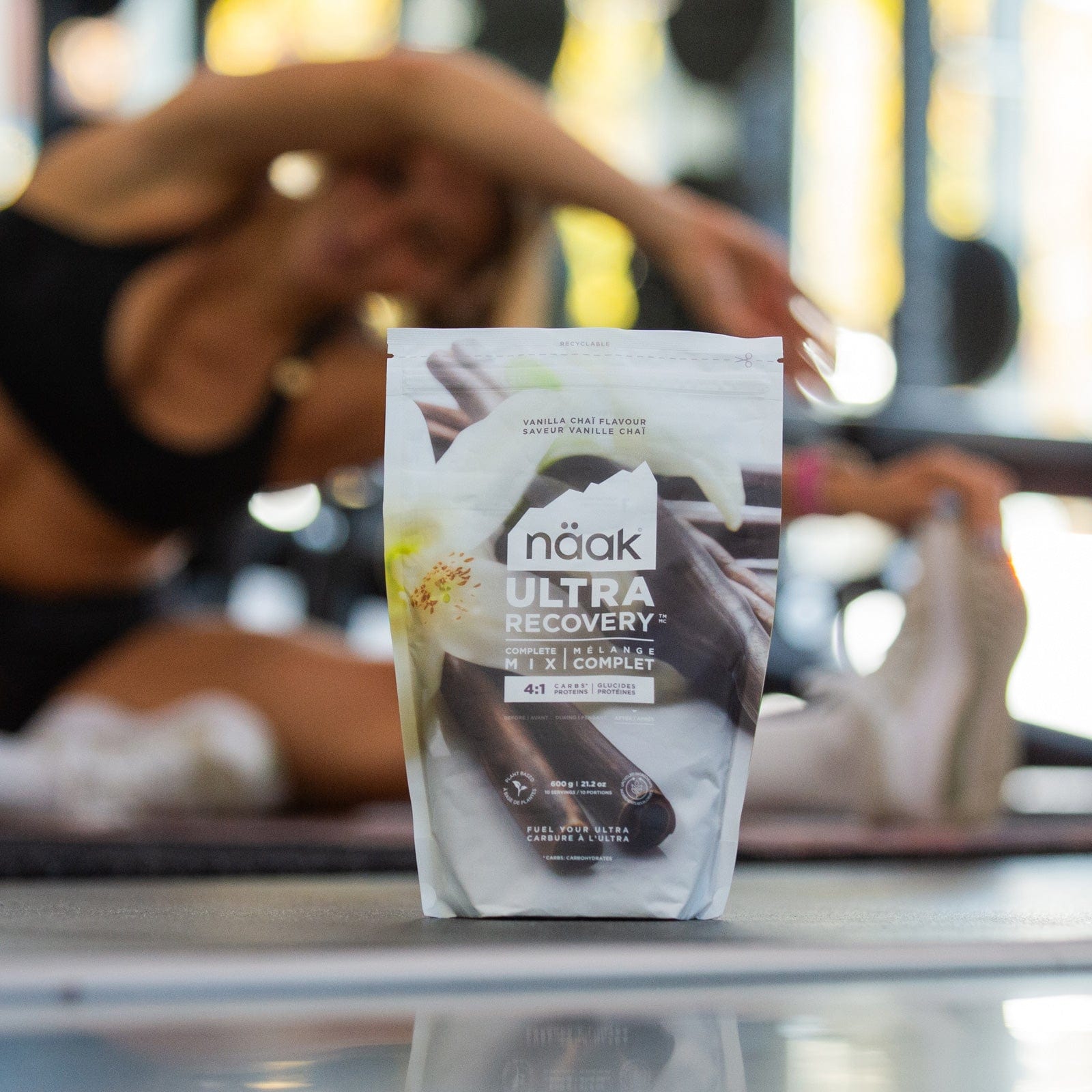
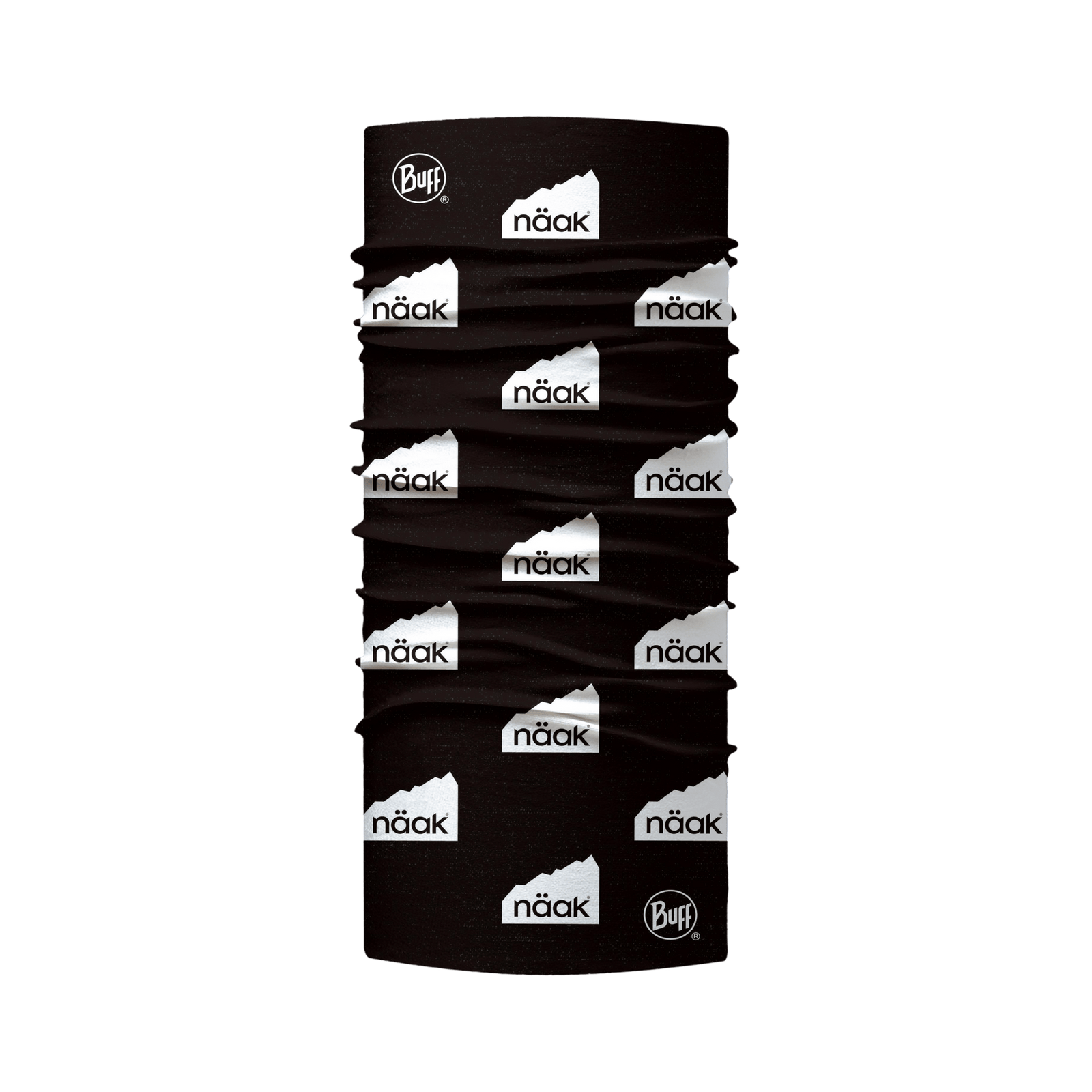
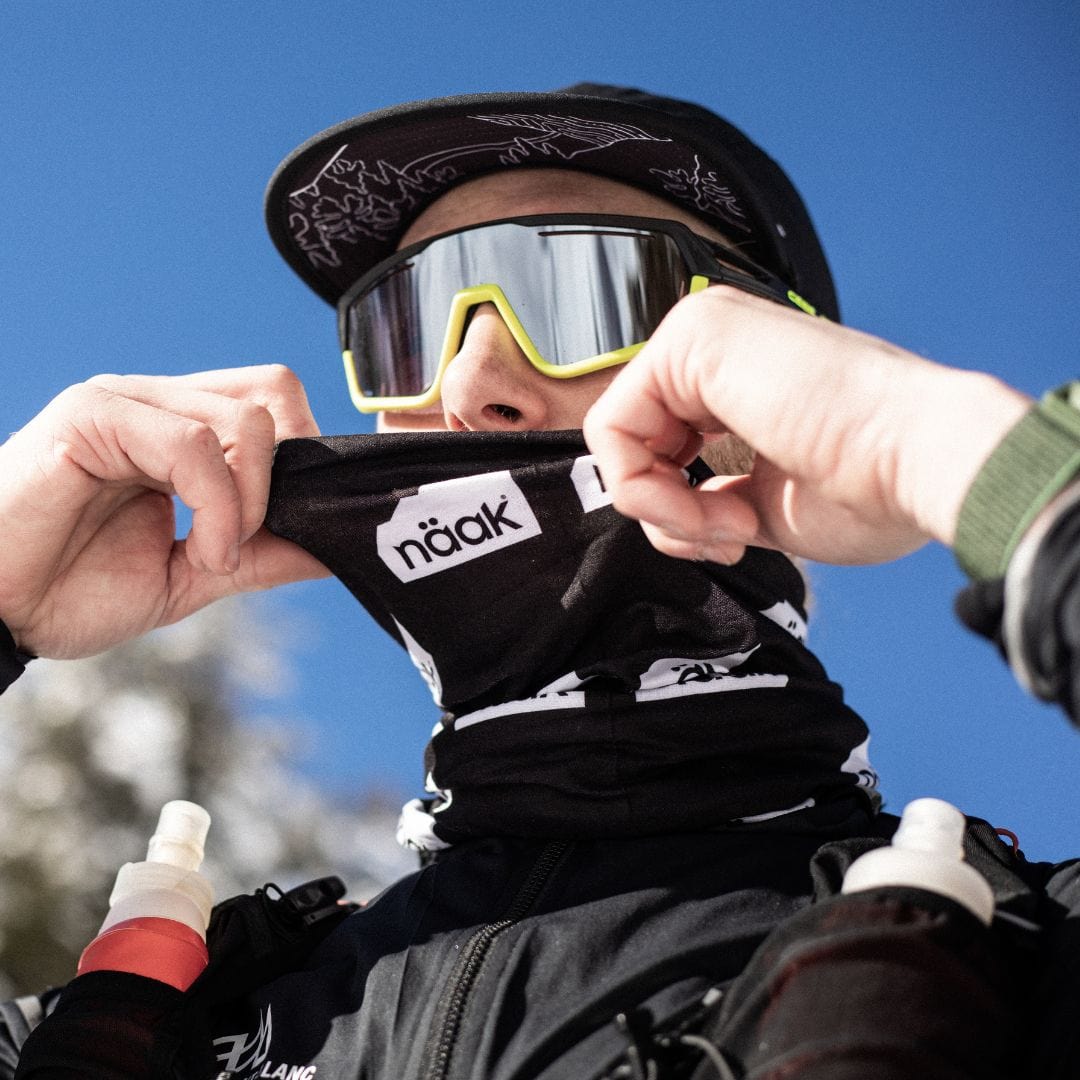
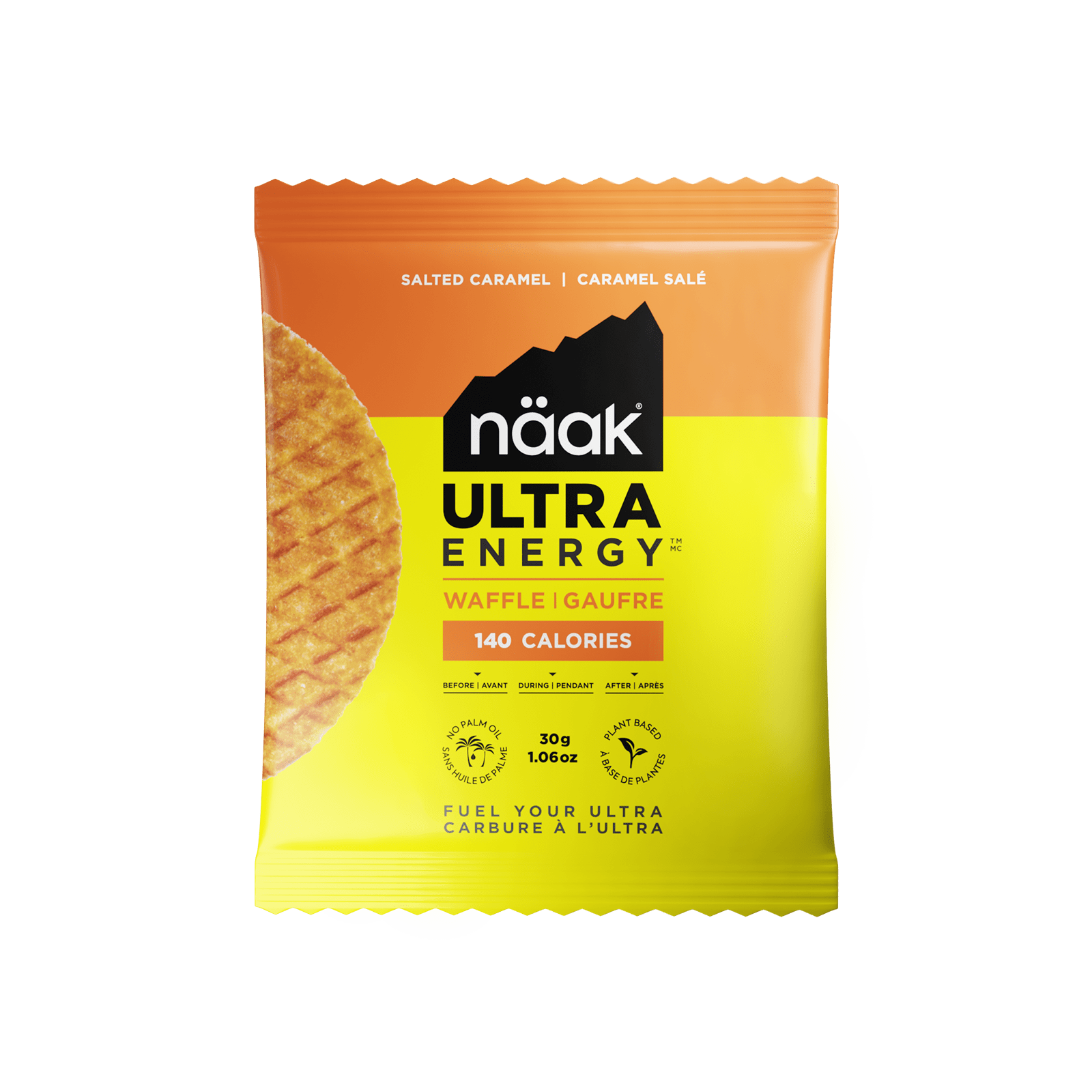
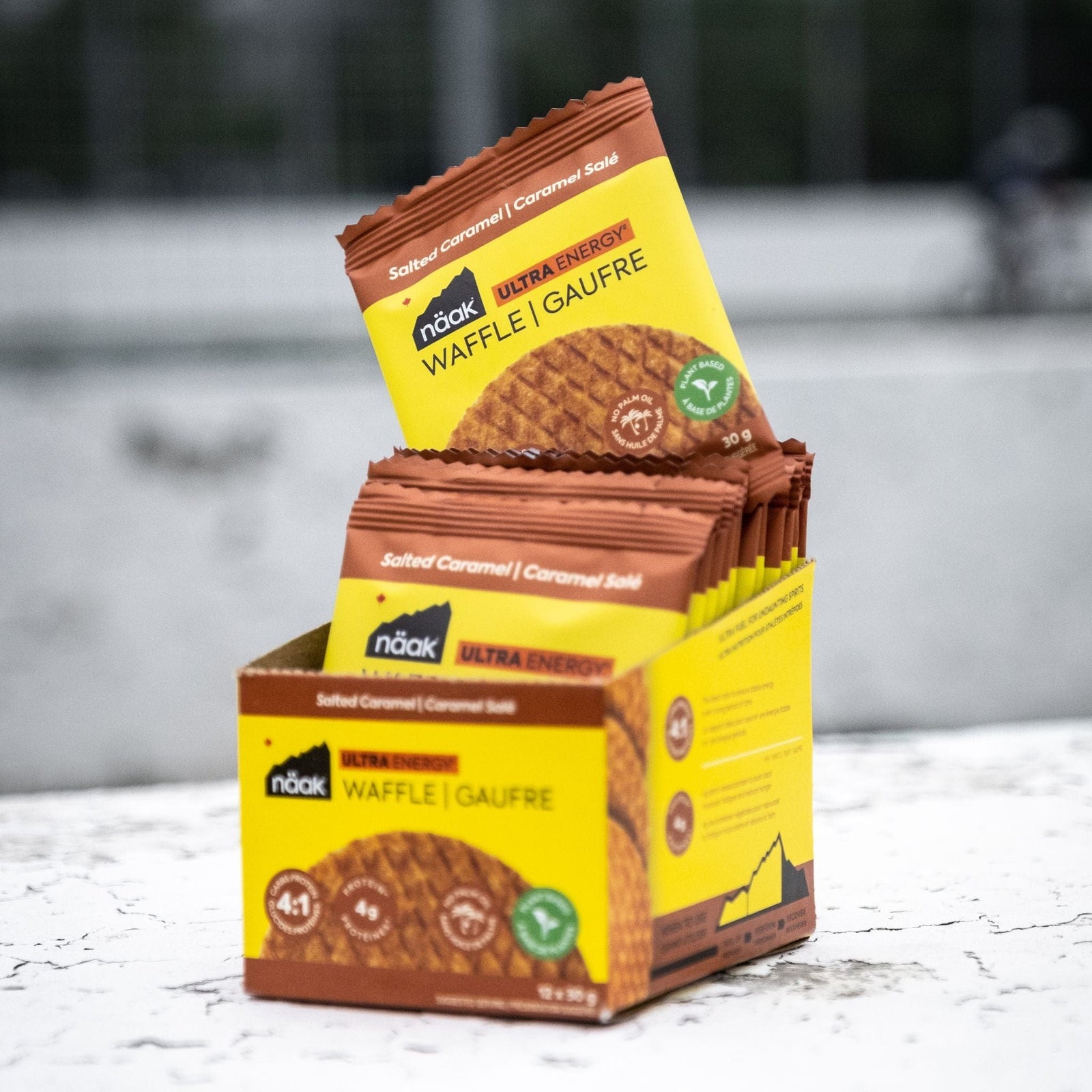


Leave a comment (all fields required)